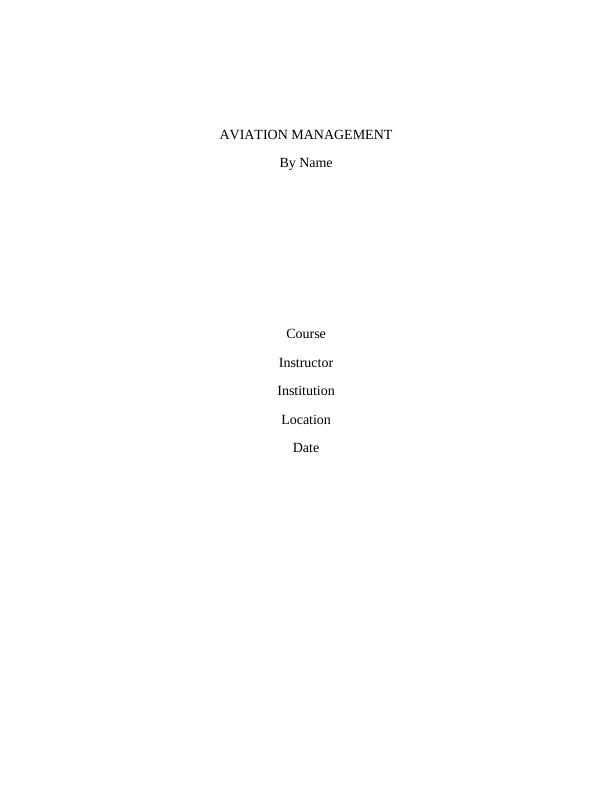Aviation Management: Human Factors and Accidents
This assignment requires the selection and analysis of a recent aviation scenario, applying knowledge gained from readings on human factors in aviation.
8 Pages1224 Words37 Views
Added on 2023-01-19
About This Document
This article discusses the impact of human factors, specifically stress and fatigue, on aviation accidents. It analyzes a specific accident using the Swiss-cheese model, Perrow's model, and Taleb's model. The importance of closing gaps to prevent accidents is emphasized.
Aviation Management: Human Factors and Accidents
This assignment requires the selection and analysis of a recent aviation scenario, applying knowledge gained from readings on human factors in aviation.
Added on 2023-01-19
ShareRelated Documents
End of preview
Want to access all the pages? Upload your documents or become a member.
Ineffectiveness of Crew Communication in Aviation Industry
|8
|1759
|89
Explain the swiss cheese model for incident analysis Use this model to critically analyze aviation safety determine the key factors that led to the in
|6
|369
|70
Comparative Report involving Air Accidents
|12
|2548
|431
Human Factors in Transport
|8
|2243
|52
Human Factor Limitations and Aviation Psychology
|7
|1667
|1



